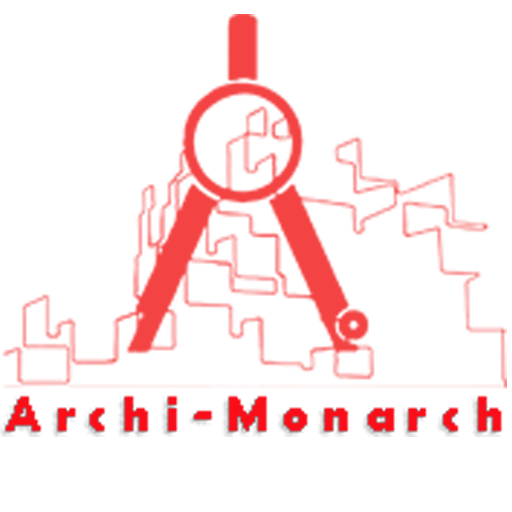In architecture, toilet finish refers to the selection and application of surface materials and fixtures used in toilet or restroom areas. These finishes are carefully chosen to ensure durability, hygiene, water resistance, and ease of maintenance, given the high-moisture environment.
Common finishes include ceramic or porcelain tiles for floors and walls, moisture-resistant paint, stainless steel or plastic partitions, and non-slip flooring for safety.
The toilet finish also plays a role in the overall aesthetics and user experience of the space, contributing to a clean, comfortable, and functional restroom environment. Additionally, finishes must comply with building codes and accessibility standards, ensuring safe and inclusive design.
If you want to know about the submission drawing or lift lobby and atrium detail or standard detail, please click the link.
Image of Toilet finish detail and downloadable (in DWG) link below

Toilet finish detail drawing – 1
In construction, a toilet finish detail drawing is a technical drawing that shows the precise materials, dimensions, and installation methods for the finishes in a toilet or restroom area.
It includes detailed information on the floor and wall finishes, ceiling treatment, fixture locations, partition details, and sometimes the plumbing fixture installation heights.
These drawings help ensure that the contractor accurately follows the design intent and that all finishes meet functional, aesthetic, and regulatory requirements.
Key elements usually shown in a toilet finish detail drawing include:
- Flooring material (e.g., non-slip ceramic tiles) with slope direction for drainage
- Wall finishes (e.g., tile height and transitions to paint or other finishes)
- Waterproofing layers, especially in wet areas
- Toilet and urinal partitions (material, thickness, mounting height)
- Ceiling type (e.g., moisture-resistant gypsum board or acoustic ceiling tiles)
- Accessories and fixtures (mirrors, grab bars, dispensers, etc.) with mounting heights
- Joint details (tile-to-tile, tile-to-paint, floor-to-wall)
- Color and material schedule (referencing material codes or finish IDs)
These details are crucial during the finishing stage of construction to ensure durability, hygiene, and compliance with codes such as ADA (for accessibility) and local plumbing and building regulations.
